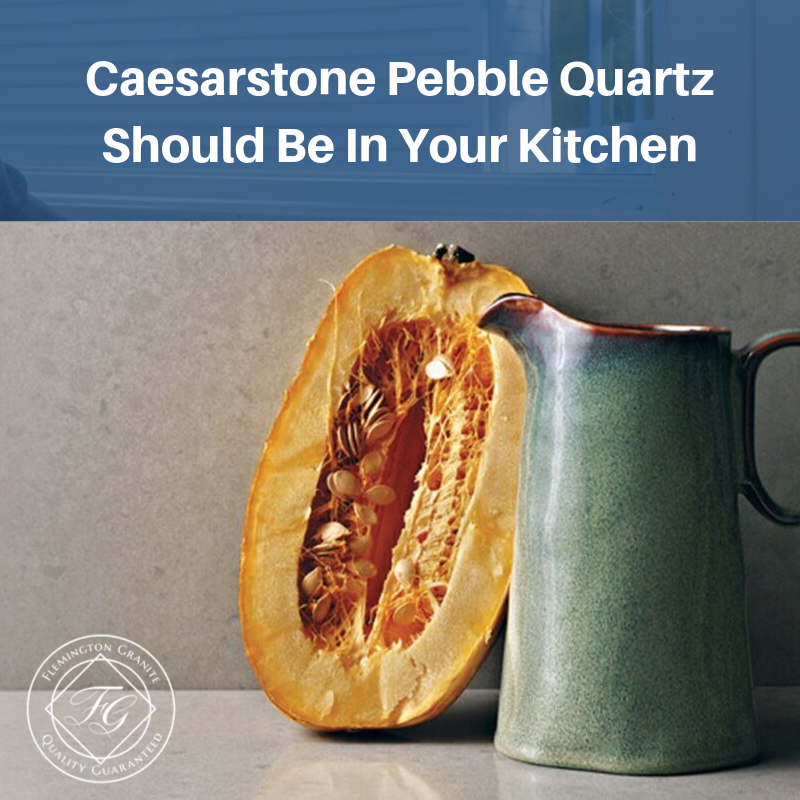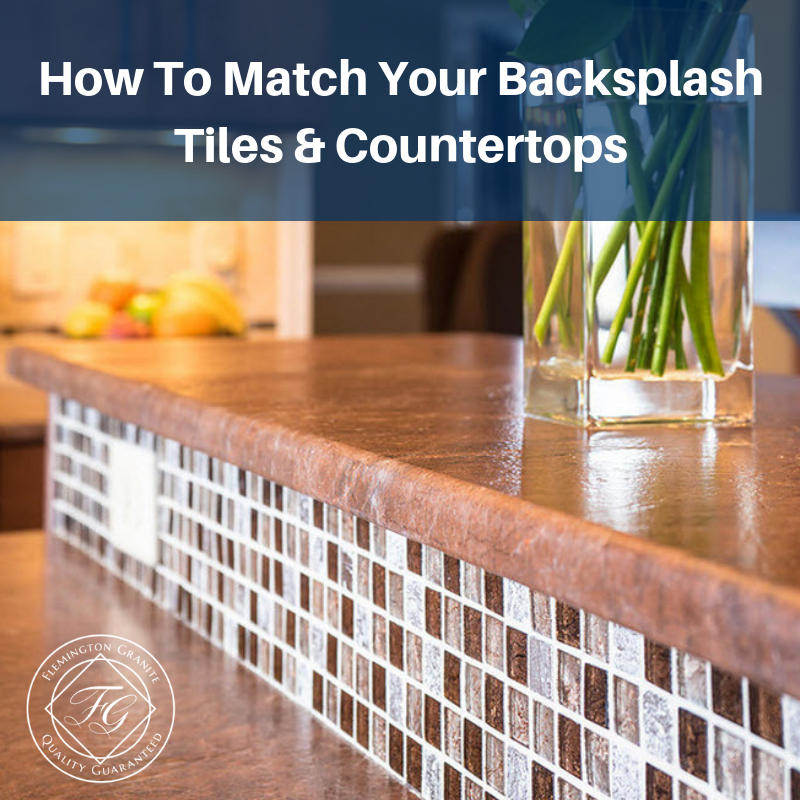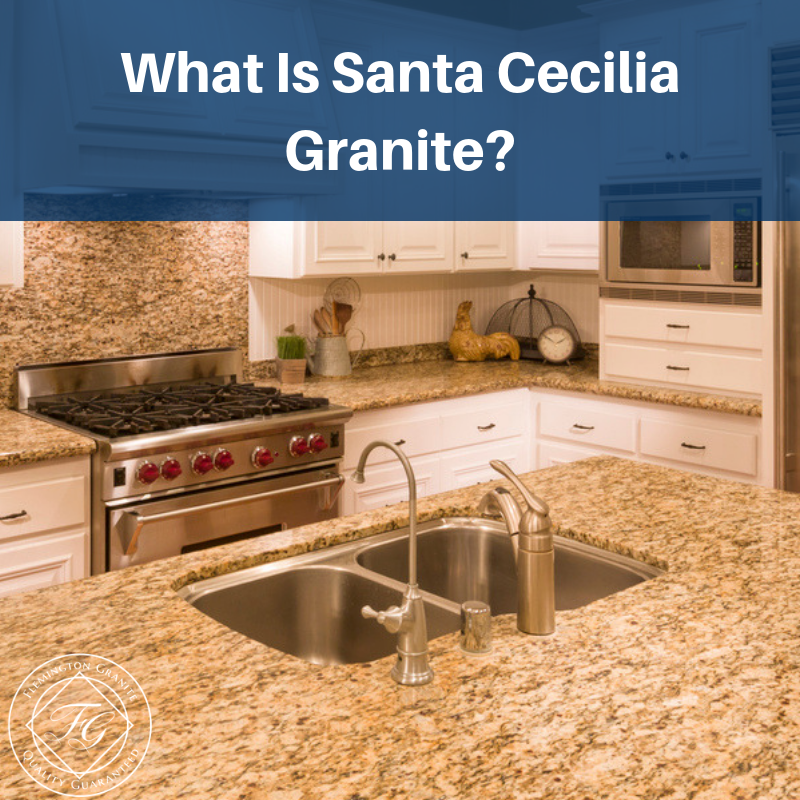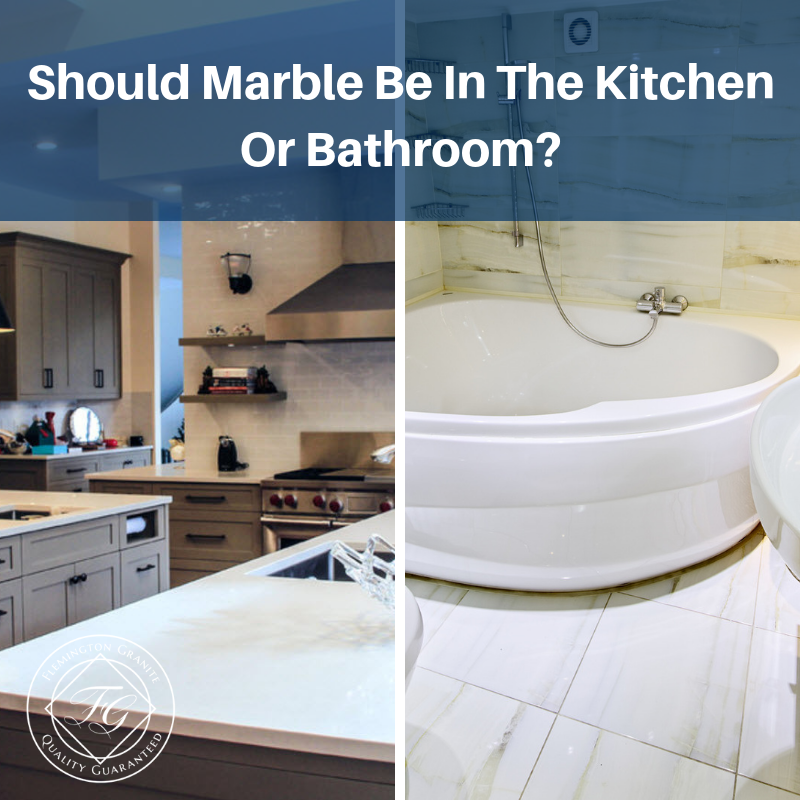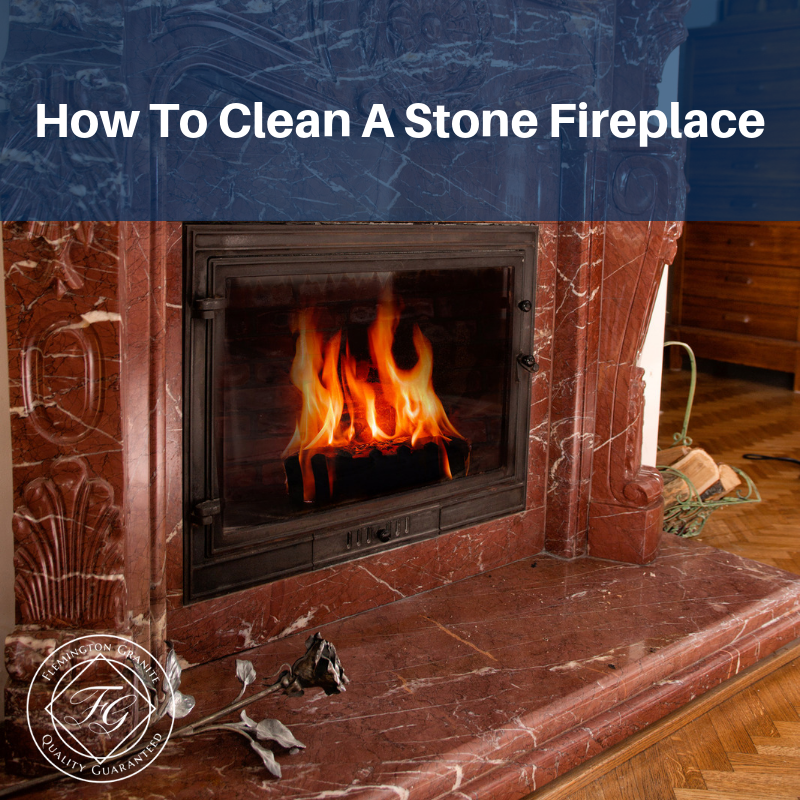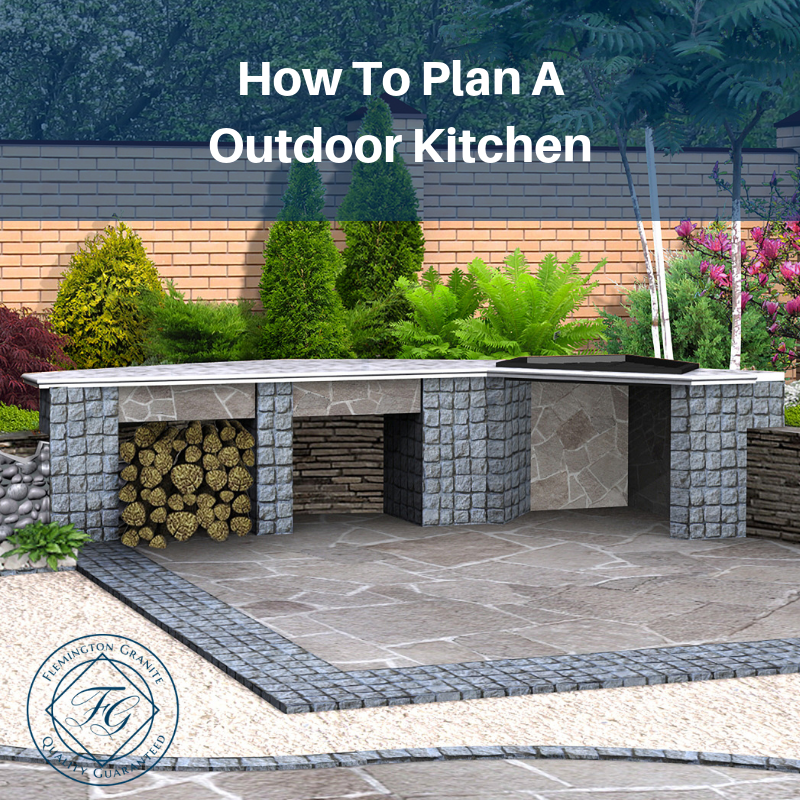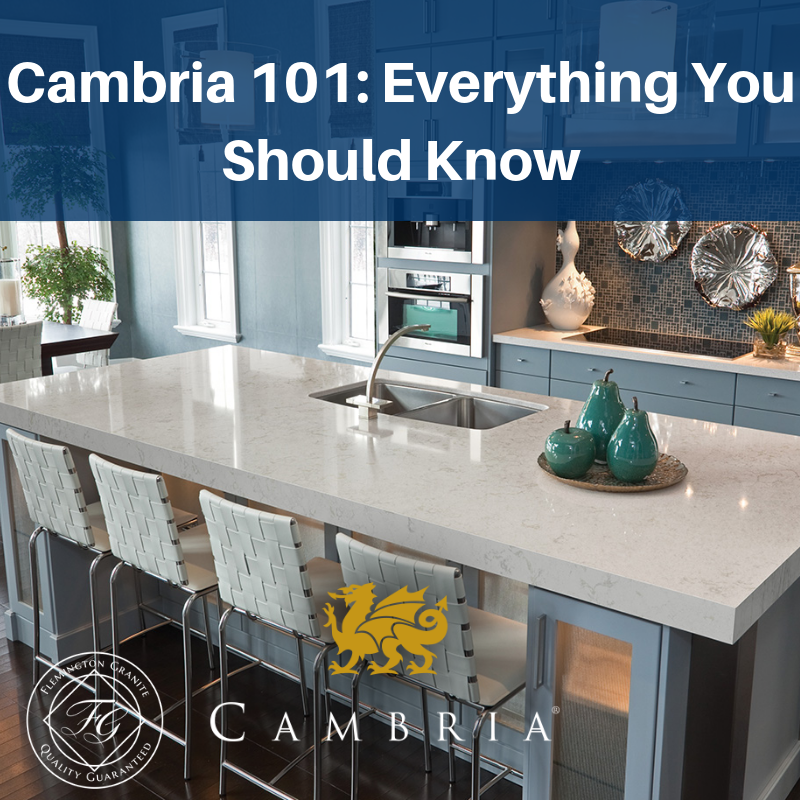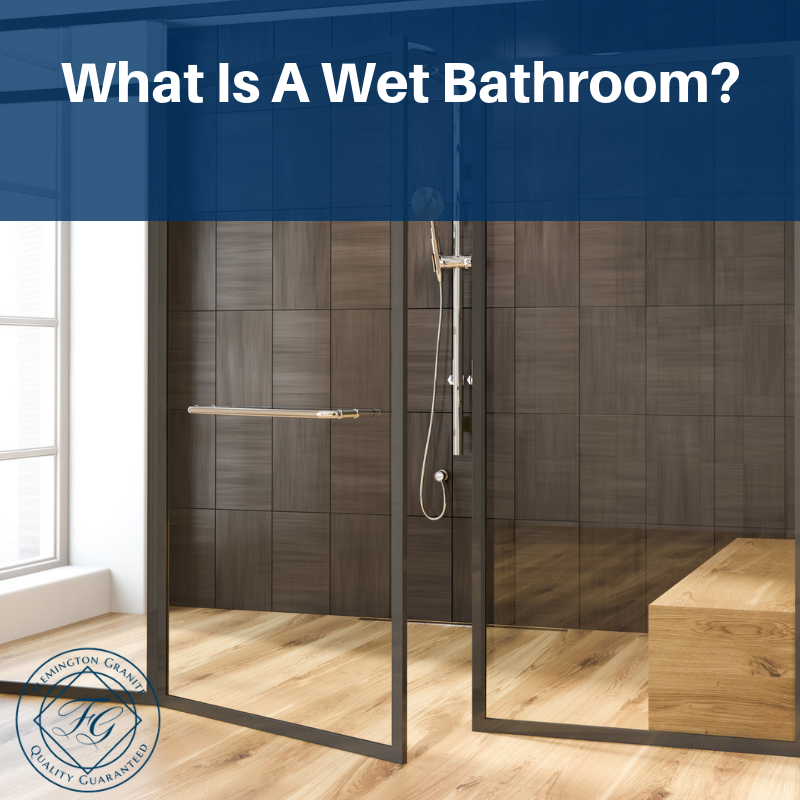There’s something special about stone countertops, isn’t there? The shine, the texture, the feel, it just screams luxury and, in many cultures, success. Surprisingly, though, you don’t have to be independently wealthy to afford stone countertops, depending on what you’re after. And, it’s not just how attractive these materials are that makes them so in-demand, both in the past, in the present and certainly on into the future.
Stone is easy to keep clean and sterile, it’s tough stuff really only susceptible to acidic compounds (and even then, in all reality, it takes a good bit of it to do any damage). Heat? Weight? Vigorous cleaning? These are nothing to most stone, provided you don’t use abrasive materials or substances.
However, not all stone is created equally, and when you’re redoing your kitchen or your bathroom, you have a lot of choices – more than you probably think. Granite is probably the toughest stone out there, debatably, but it’s also very hard to quarry, and very hard to repair as well. These add to its cost, and it does have some limitations to the style of cutting and assembly it can provide as well.
Likewise, marble is a bit softer, but has a wider variety of colors and contrasts, and is capable of being cut thinner and shaped more. Unfortunately, marble is harder to find with the quality and beauty set as standard, so while it’s easier to quarry than granite (granite is well, hard as granite), it’s actually just as costly due to its scarcity and the high standards it must meet.
Then again, you have something like travertine, which is a very sadly undervalued stone for home use. Travertine, in the western world, has been very closely associated with flooring for retail outlets, with its unique shades of green or tan. This has resulted in it being kind of relegated to mostly these, though it is increasing in popularity with countertops as it fades from use in modern retail (with terrazzo and tile is more common for modern public space floors).
Is there a compromise in durability, beauty, versatility, and affordability? There is, and it may be something that a lot of people wouldn’t think of. Quartz, especially Caesarstone pebble quartz, is on the rise in popularity. It’s actually very unfortunate that a lot of people aren’t that familiar with this material, because it does have a lot to offer which makes it more than a capable alternative to the more common forms of stone out there.
About Quartz
When you think of quartz, your mind probably goes in one of two directions, depending on experience. To many, it’s a simple crystal with some odd electrical properties, often used for timing watches and computing devices.
To those with a little bit of geology or stone experience, it’s regarded as mainly an ingredient in other stones, which isn’t untrue. Much of the whites and shiny striations in other stones like marble and granite are quartz deposits, which just adds to the confusion for most.
On top of this, there’s also quartzite, which is another material used for counters and floors, and it’s not the same thing. Quartzite has a large amount of sandstone and other materials and is produced by extreme heat and/or pressure being applied to raw sandstone.
Actual pebble quartz is a little different. It’s not pure quartz – that is indeed a base crystalline structure, but unlike granite, marble, travertine or quartzite, it’s the primary material, rather than a minor supplemental one.
Quartz itself is a silicon material, basically a natural glass. Sand and other silica materials, when pressed, heated or otherwise transformed, produce this material.
Advantages of Pebble Quartz
This material has a host of advantages, largely due to being a synthetic or manufactured alternative. It retains the natural feel and look of quarried stone, but is vastly stronger, and with the capacity to control its appearance.
Pebble quartz can be much thinner without forsaking the strength of quarried stone and is much more affordable due to the lack of a quarrying process as well. Finding a shade and pattern that matches your desires, while adding variety that natural stone cannot in cut style and application, is only possible with something like pebble quartz.
Several companies produce this material, but the absolute best comes from Caesarstone, who have led the industry in variety, approach and technology since the inception of materials like this.
If you’re ready for the latest in stone technology – pebble quartz – you’re ready for Caesarstone, which is not only the highest-quality, most modern implementation of the material, but also one of the most surprisingly affordable.
Caesarstone Pebble Quartz Varieties
Being the leader in this material production, Caesarstone has the largest variety of styles on the market, and you’re sure to find one that’s perfect for what you’re going for. We’re going to briefly look at just some of the many varieties they have to offer.
- London Grey – Looking for something reminiscent of Alaska White granite? Do you like that clean, bright luster with just a little bit of gray patterning? Then you want London Grey, which contrasts nicely with earth tones, or boosts natural light.
- Emperadoro – This is something truly unique – a mocha/brownstone that you kind of don’t see in nature. It still looks natural, though, which will leave a lasting impression and pairs excellently with wood cabinets.
- Piatra Grey – If you want to go with a darker, subdued kitchen, which is a timeless but modern approach, consider Piatra Grey, a nice shale-like stone with rippling white striations that just ooze with a calm energy.
- Misty Carrera – This is one of Caesarstone’s first takes on a truly natural stone, and they pull it off, looking like an off-white marble with classic gray striations. People will wonder how white marble like this was cut so thin and so perfectly.
- Dreamy Marfil – This is a warm, marble-like stone with shades of light tan and caramel striations that add a homey-ness without being too bright and sterile.
- Calcutta Nuvo – You wouldn’t know this wasn’t a light galaxy marble of some sort, with its sweeping gray and creamy-white coloration that makes it excellent for lining showers or laying out countertops.
These are just a few of the varieties they offer, and they’re forever coming up with new natural-looking pebble quartz styles. The sky is literally the limit. To learn more about Caesarstone’s excellent materials, and about the modern marvel that is pebble quartz, fill out our contact form today!

